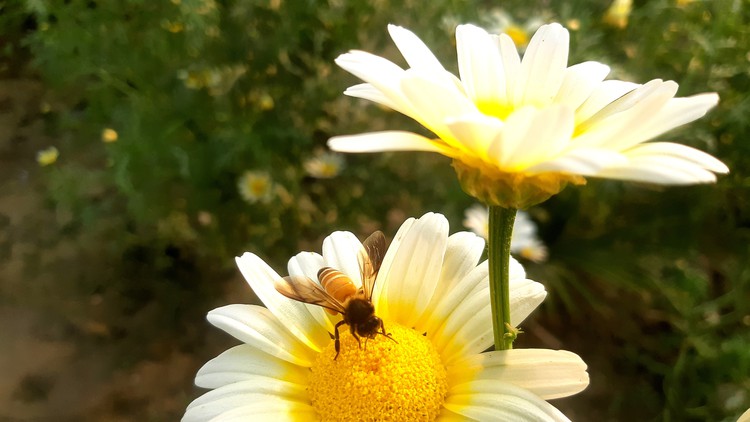
Understanding Events of Reproduction, and Significance of Sexual Reproduction of Angiosperms | Megasporogenesis |
What you will learn
Biology : Sexual Reproduction In Flowering Plants
Structure of a Flower
Male Reproductive Parts : Stamen & Anther T.S | Tetragonial Structure of Theca
Microsporogenesis | Pollen Grain Development
Vegetative & Generative Cell of Pollen | 2 celled & 3- celled stage
Female Reproductive Parts : Pistil ( Carpel )
Megasporangium | Ovule Development
Nucellus | Placenta | Funicle | Hilum | Embryo sac | Integuments
Ovule Structure | Antipodal Cells | Chalazal Ends | Central Cell
Pollen Tube Formation | Double Fertilization
Micropyle End & Chalazal End
Endosperm Formation | Zygote Formation from Two male Gametes
Self – Pollination & Cross – Pollination
Pollination & Types of Pollination
Autogamy | Xenogamy | Geitonogamy |
Post- Fertilization Events | Fruit Formation | Layers around fruits
Parthenocarpy
Apomixis
Polyembryony
Apospory
Description
The myriads of flowers that we enjoy gazing at, the scents and the perfumes that we swoon over, the rich colours that
attract us, are all there as an aid to sexual reproduction.
Flowers do not exist only for us to be used for our own selfishness. All flowering plants show sexual reproduction.
A look at the diversity of structures of the inflorescences, flowers and floral parts, shows an amazing range of
adaptations to ensure formation of the end products of sexual reproduction, the fruits and seeds. In this chapter, let us understand the morphology, structure and the processes of sexual reproduction in flowering plants (angiosperms).
Flowers are the seat of sexual reproduction in angiosperms. In the flower, androecium consisting of stamens represents the male reproductive
organs and gynoecium consisting of pistils represents the female reproductive organs.
A typical anther is bilobed, dithecous and tetrasporangiate. Pollen grains develop inside the microsporangia. Four wall layers, the epidermis, endothecium, middle layers and the tapetum surround the microsporangium. Cells of the sporogenous tissue lying in the centre of the microsporangium, undergo meiosis (microsporogenesis) to form tetrads of microspores. Individual microspores mature into pollen grains.
Course Content
- Introduction
- Structure of Flower
- Stamen
- Microsporangia
- Pollen Grains
- Female sex organ – Pistil
- Pollination
- Sexual reproduction in flowering plants
- Agents of pollination
- Megasporogenesis
- Embryo sac formation
- Double Fertilisation
- Before and After Fertilisation
- Embryogeny
- Formation of Seed and Fruit
- Some important terms
- Pollen-Pistil Interaction
- Endosperm Formation
- More About Pollen Grains
- Outbreeding Devices
- Artificial Hybridisation
- Embryogeny – Monocot vs Dicot
These are fantastic concepts that will lay a strong theoretical foundation for you and help you with competitive exams like NEET , CET, Foundation
Content